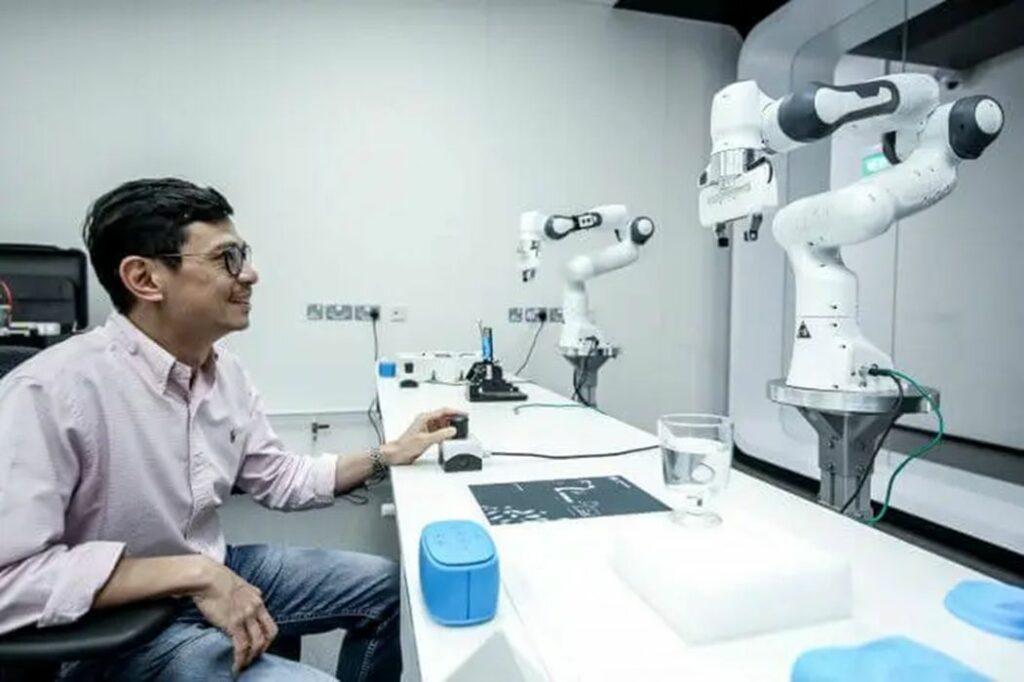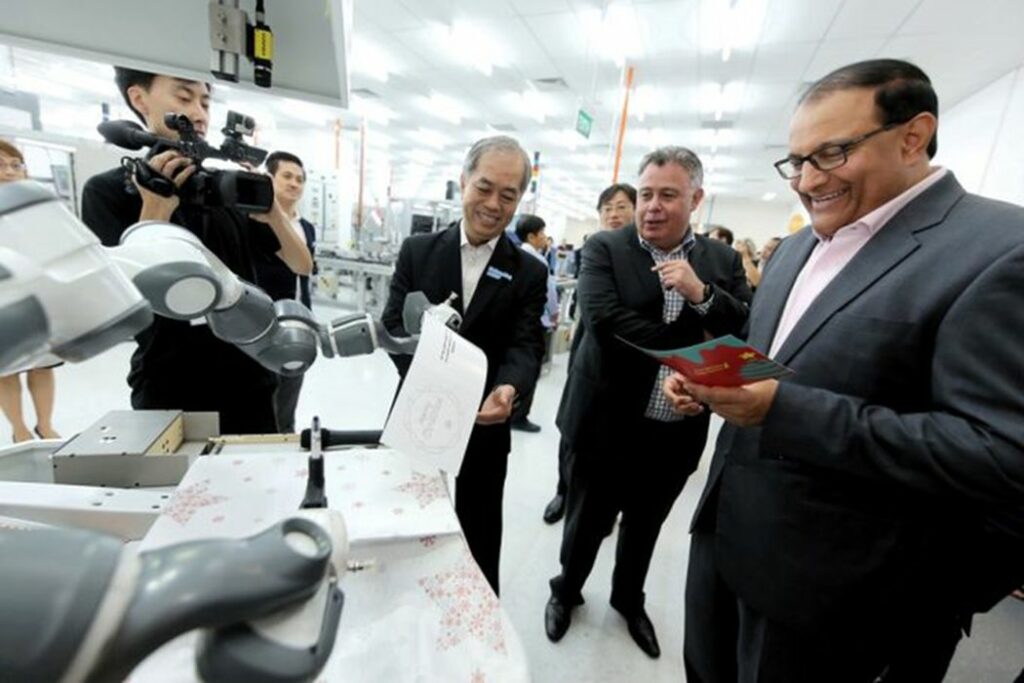
Charles R. Goulding and Preeti Sulibhavi look at the recent manufacturing transformation in Singapore.
In a June 23, 2022, Wall Street Journal (WSJ) article, Singapore was used as an example of a highly successful and economically profitable nation. This is not the first time Singapore has set an example for other nations to follow and this is not the first time we have covered Singapore for those very same reasons.
Singapore is great place for manufacturing, mainly because of Singapore’s supportive government, economic incentives, talent pool, and research institutes fueling innovation. Furthermore, in an unexpected turn of events, technology has now made manufacturing a white-collar job in Singapore. However, this is most likely due to a decrease by almost 18% between 2014 and 2021 in the country’s manufacturing labor force, while the high-skill and professional jobs have only grown by 8% since 2021.
Although automation has resulted in many foreigners having to leave the nation due to the dramatic loss of manual jobs, Singapore will keep its domestic labor pool and can train its people for higher-skilled jobs.

Some examples of multinational corporations setting up manufacturing operations in Singapore include HP, Inc, Dyson, Hyundai and BioNtech. BioNtech successfully utilized robots to produce several hundred million Covid-19 vaccine doses a year, with a workforce of only 80 employees that were there to simply oversee production operations.

Top manufacturing industries in Singapore include semiconductors and aerospace.
3D printing can help further the current automation trend in Singapore. Major benefits of utilizing robots in manufacturing are higher productivity, ability to reduce monotonous tasks once done by humans, and reduce labor costs while increasing efficiency.
Singapore has also become a global leader in 3D printing shipping replacement and spare parts. Singapore is capital-intensive and is the fourth largest exporter of high-tech goods in the world partly due to its leveraging of automation and 3D printing technology.
The Research and Development Tax Credit
The now permanent Research and Development (R&D) Tax Credit is available for companies and startups developing new or improved products, processes and/or software.
3D printing can help boost a company’s R&D Tax Credits. Wages for technical employees creating, testing and revising 3D printed prototypes can be included as a percentage of eligible time spent for the R&D Tax Credit. Similarly, when used as a method of improving a process, time spent integrating 3D printing hardware and software counts as an eligible activity. Lastly, when used for modeling and preproduction, the costs of filaments consumed during the development process may also be recovered.
Whether it is used for creating and testing prototypes or for final production, 3D printing is a great indicator that R&D Credit eligible activities are taking place. Companies implementing this technology at any point should consider taking advantage of R&D Tax Credits.
Conclusion
Singapore is increasingly becoming a nation of advanced technology and innovation. Multinational corporations are seeking out Singapore for not only its advanced technology, but also its pool of talented engineers as well as its rich history of high-tech success in the past. This puts the nation in a position for even further success.

